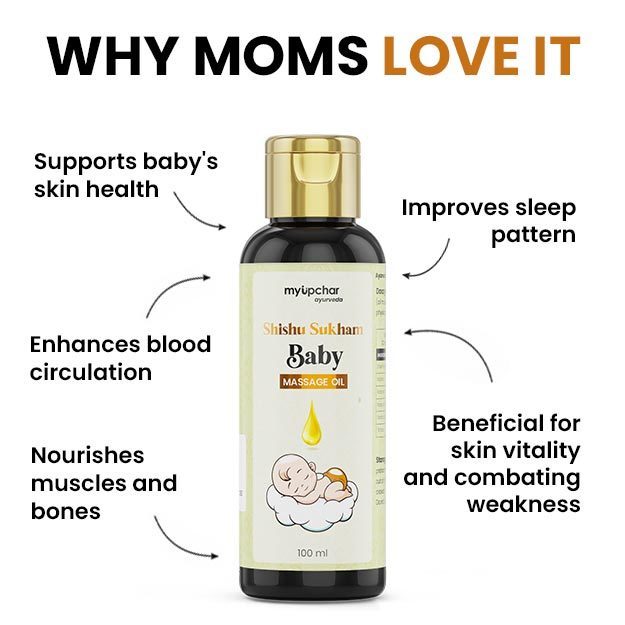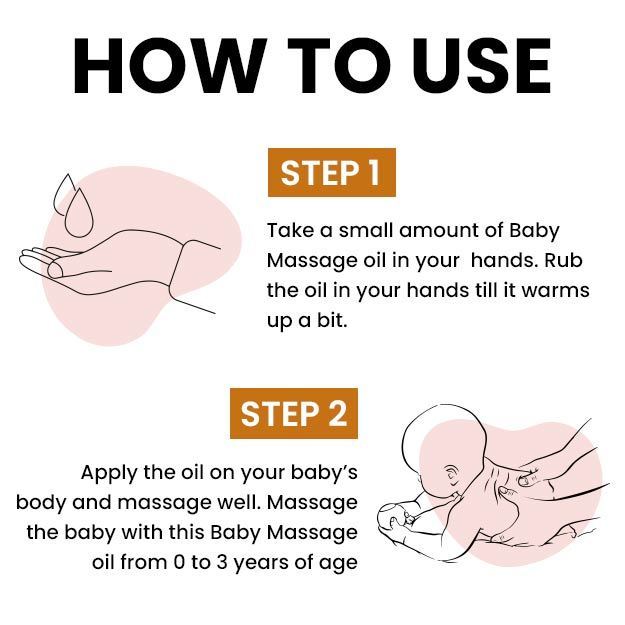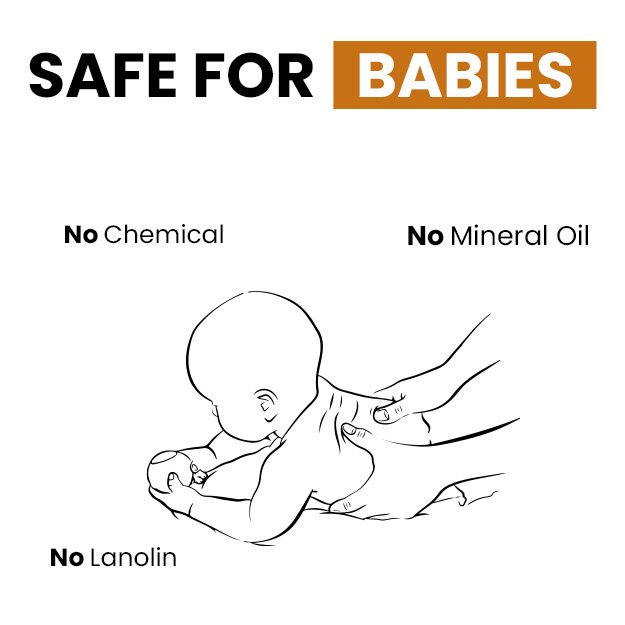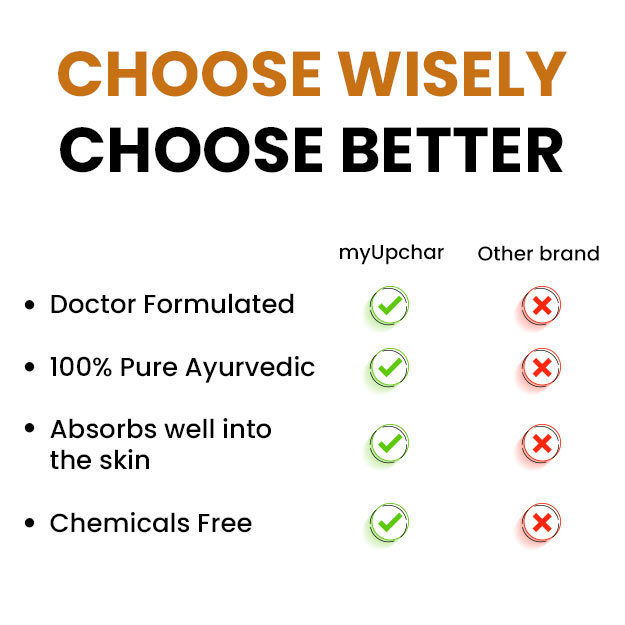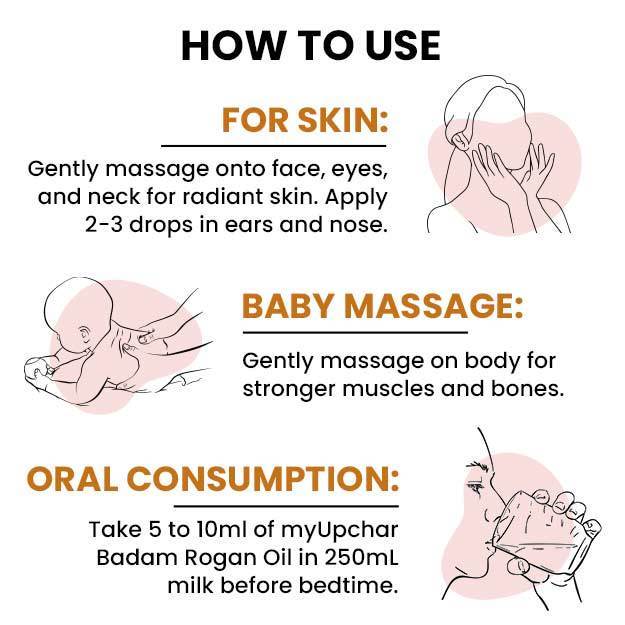All parents want what is best for their baby. So it stands to reason that we are so excited to monitor all the important baby developments - from counting our little ones' tiny toes and fingers in the hospital to watching them absorb the world around them.
One of the ways we understand the world around us is through eyesight. Now, vision problems can affect anyone - including babies. Understanding the symptoms of vision impairment in children is important as it can help to stop further damage or even reverse the damage caused to the baby's eyes. In cases where the damage is structural or progressive, and blindness in childhood is a certainty, parents can help their children adapt to the world with therapy and a whole lot of tender loving care.
Unless monitored and addressed properly, vision loss in infancy can adversely affect the child’s growth, development, and future opportunities. Babies who are unable to see, or unable to see properly, will give you enough signs - it is up to you and your doctors to read these signs and help these babies grow into happy, and healthy adults.







